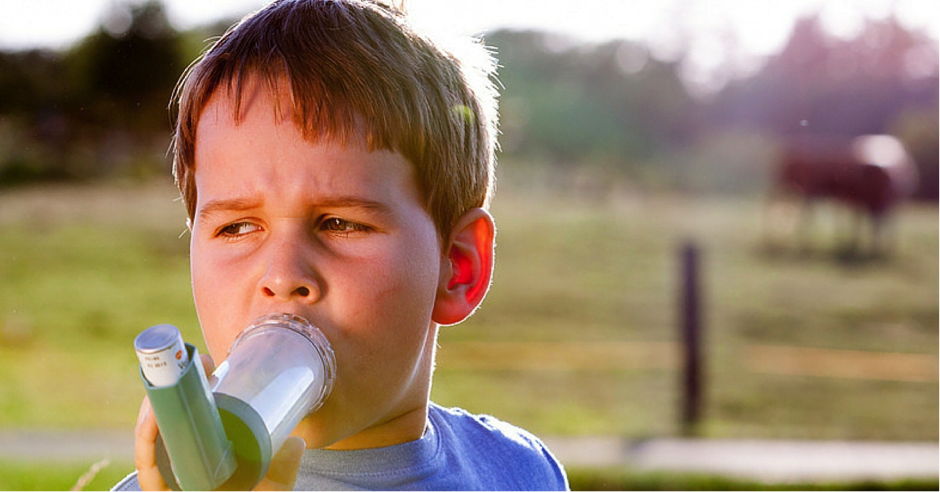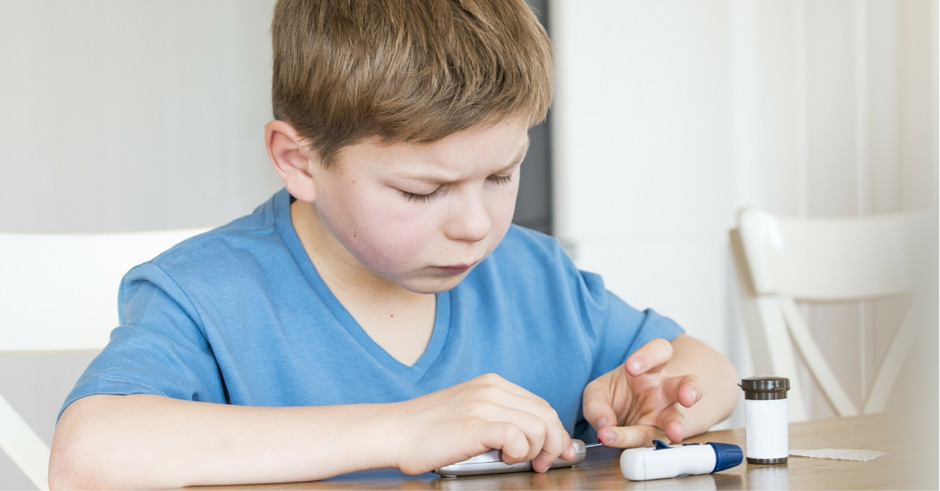The colder weather means more time at home. If you have a toddler, it may be a good time to run through a check list and make sure your home is as secure as it can possibly be. It’s best to be proactive and child-proof what you can, before your little one tests it. After all, Australia records a significant number of accidents involving children at home. According to Kidsafe Victoria, 58,000 children are hospitalised in Australia and unfortunately 260 of these accidents are fatal. In Victoria alone, about 29 children die every year from accidents that could have been prevented.
This is by no means an exhaustive checklist but let’s look at some common-sense precautions every parent could take to prevent accidents in the home.
Start with the outdoors
A good place to start is the outside of your home. The driveway and pool are the two most dangerous areas for toddlers. Here’s what you can do:
- Survey the property: Before your child starts to crawl, take a good look around and see where you could make changes. For instance, is the driveway and the pool area safe? Are there places in the yard the child could climb on unassisted?
- Create a barrier to the driveway: Unfortunately, more than 60 children are struck down on their or a relative or friend’s driveway in Australia. Last year, 7 children were killed and in 85% of these cases the driver did not realise the child was in the area (Statistics: Kidsafe Victoria). Toddlers can be swift and unpredictable, and even if you have reversing cameras, it may be too late. So, think about creating a temporary fence and a gate to access the driveway.
- Pool fence: This is mandated by law, yet Australia had 11 incidences of toddlers drowning in their pool, many of these attributed to faulty or non-compliant pool fencing. Frequently check your pool fence and gate. Do not leave toddlers unattended within the pool area. Check the paving. Children tend to run, so use material that has good grip and friction.
- Trampoline safety: Despite stringent product safety standards, doctors are reporting more injuries from trampolines. Single person trampolining is safest, but in any case, do not leave toddlers in there with older kids. Ensure the enclosure is always zipped and the access to the trampoline is safe. Routinely check the trampoline for wear and tear.
Indoor safety
Let’s look at the most common reasons for accidents in the home and what you can do to avoid them happening to your child.
- Falls: Australia has a high rate of injuries from falls among two groups – the elderly and small children. With toddlers, because they are learning to walk, some falling is inevitable, but you can ensure that it is not serious by including some safety features in the home:
- Rail guards on beds, particularly bunks. The top bunk is not recommended for children under the age of 9 by Product Safety, Australia.
- Hand rail on the stairs that toddlers can hold on to when they start walking is a great idea. It gives them more confidence as well.
- Safety gates on top of stairs – a lot of people have them, but make sure they are securely fastened. The safety gate should also be installed in other high-risk areas such as round the fireplace and in the kitchen when your oven is on.
- Secure the furniture: High chairs should have seat belts and be stable. Where possible, secure furniture such as bookcases which could tip over.
- Burns and scalds:
- Cooking safety – When cooking with a toddler in the house, use the back burners as much as possible and avoid front burners particularly with long handled pots.
- Test bath water temperature before you put the child into it. Also supervise closely to ensure the child does not access the hot water taps. If possible, use a bath seat away from the taps. Also, do not leave the child alone in the bath even for a short moment.
- Burning candles look and smell great, but put them at a height your toddler cannot reach, if you must use them. The coffee table is not a great spot.
- Block plug points with plastic guards easily available at any hardware store.
- Cooking safety – When cooking with a toddler in the house, use the back burners as much as possible and avoid front burners particularly with long handled pots.
- Poisoning: Toddlers are inquisitive by nature and the stuff in closed cupboards can be fascinating.
- Safety latches – come in a great selection for every kind of door. The undersink cupboard that may hold dishwashing tablets, detergent etc. should be strictly off-limits. So should the drawer that holds kitchen knives, electric lighters, matchbox etc.
- Button batteries – any non-food item a child can swallow is potentially dangerous, particularly button batteries. Kidsafe Victoria reports 20 children a week being bought into our hospitals for swallowing coin-sized batteries from singing greeting cards, car remotes, flameless candles etc.
Keep emergency numbers handy: You will of course call 000 for anything serious, but also keep on hand Poison Information Centre (13 11 26), Emergency Nurses in your area and doctors numbers on hand. The fridge is a great spot to pin them up on so everyone in the house has access. For more safety information on everything from child restraints to safe sleeping, you can go to:
Kidsafe (http://www.kidsafe.com.au/contact.html) in your state
Product Safety, Australia (https://www.productsafety.gov.au/products/babies-kids)
Healthdirect (www.healthdirect.gov.au) or call 1800 022 222 if you need to speak to a nurse or doctor (if you need face-to-face care, they may be able to connect you to an afterhours doctor service).





